The salt marshes of France have long been celebrated for their pristine landscapes and the remarkable quality of their fleur de sel. Among these, the Guérande region stands out as a bastion of traditional salt harvesting, where the annual salt flower harvest—known locally as la récolte de la fleur de sel—transforms the marshes into a shimmering mosaic of crystalline beauty. This delicate process, carried out entirely by hand, is as much an art as it is a labor of love, passed down through generations of paludiers, the skilled salt harvesters who tend to these saline gardens.
As summer reaches its zenith, the shallow salt pans begin to yield their most precious treasure: thin, flaky crystals that form on the water’s surface like a fragile crust. Unlike coarse sea salt, which settles at the bottom of the basins, fleur de sel is harvested only under specific conditions—warm, dry days with gentle winds that encourage the crystals to blossom. The paludiers glide through the marshes with wooden rakes, their movements precise and unhurried, skimming the surface to collect the salt before it sinks. It is a race against time and the elements, for even a light rain can dissolve the delicate flakes in an instant.
The tradition of hand-harvesting fleur de sel in Guérande dates back to the Iron Age, and remarkably, the methods have changed little over the centuries. The salt marshes are still organized in a labyrinthine network of clay-lined ponds, where seawater is channeled and evaporated in stages. Each step is carefully controlled to ensure the perfect concentration of minerals, resulting in a product that is prized by chefs and gourmands worldwide. What sets Guérande fleur de sel apart is its subtle briny sweetness and its moist, irregular crystals—qualities that cannot be replicated by industrial production.
For the paludiers, the harvest is more than just a seasonal job; it is a way of life deeply intertwined with the rhythms of nature. Many of them come from families that have worked the marshes for generations, and their knowledge is often passed down orally, from parent to child. They speak of the salt pans as if they were living entities, requiring patience, respect, and an almost intuitive understanding of weather patterns. "The marshes teach you humility," one veteran harvester remarked. "You can’t force the salt to form—you have to wait for it, nurture it, and then, if you’re lucky, it will gift itself to you."
The painstaking process of harvesting fleur de sel means that yields are inherently limited. On a good day, a single paludier might gather only a few kilograms, making it one of the rarest and most expensive salts in the world. Yet, this scarcity is part of its allure. Unlike mass-produced salts, each batch carries the imprint of the terroir—the mineral composition of the local clay, the purity of the Atlantic waters, and even the fleeting intensity of the summer sun. Connoisseurs can detect subtle variations between harvests, much like wine enthusiasts discern the nuances of different vintages.
In recent years, the Guérande fleur de sel has gained international acclaim, finding its way into Michelin-starred kitchens and artisanal food markets across Europe and beyond. But despite its growing popularity, the paludiers remain committed to their traditional methods, resisting the temptation to scale up production. For them, the essence of fleur de sel lies not just in its flavor, but in the centuries-old ritual of its creation—a ritual that honors the land, the sea, and the delicate balance between human hands and nature’s whims.
As the season draws to a close, the marshes take on a golden hue, the last of the salt flowers carefully gathered and left to dry in wooden sheds. The paludiers will rest, but only briefly, for the maintenance of the ponds is a year-round task. And when next summer arrives, they will return, as they have for centuries, to coax another harvest from the shimmering waters—one delicate crystal at a time.
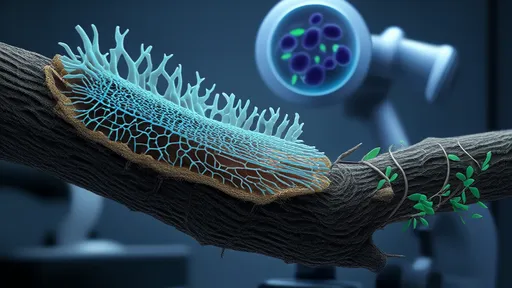
By /Jul 16, 2025

By /Jul 16, 2025

By /Jul 16, 2025

By /Jul 16, 2025

By /Jul 16, 2025

By /Jul 16, 2025

By /Jul 16, 2025
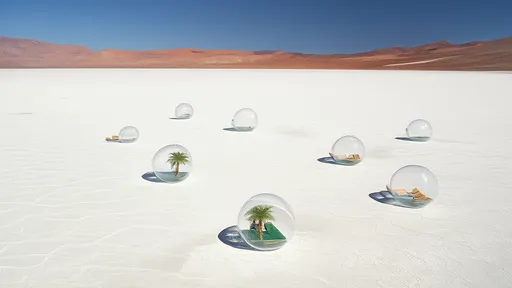
By /Jul 16, 2025
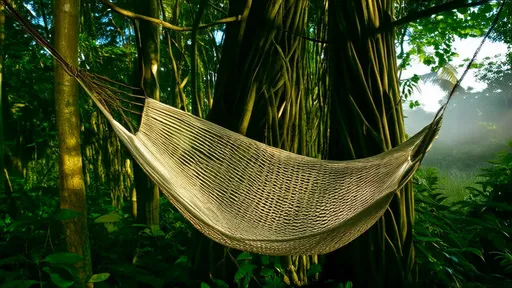
By /Jul 16, 2025

By /Jul 16, 2025
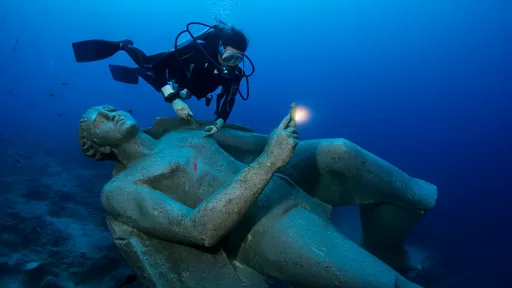
By /Jul 16, 2025

By /Jul 16, 2025

By /Jul 16, 2025
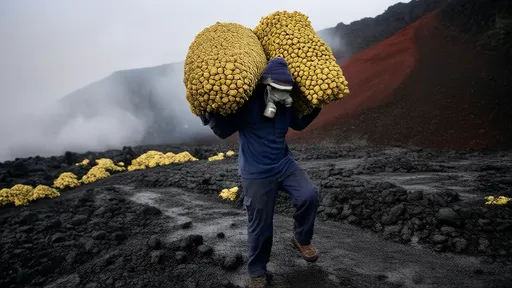
By /Jul 16, 2025
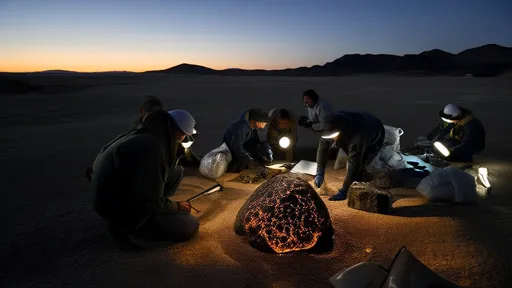
By /Jul 16, 2025
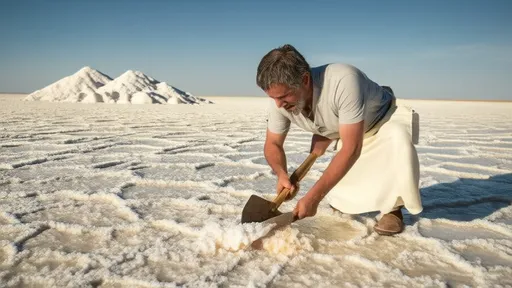
By /Jul 16, 2025
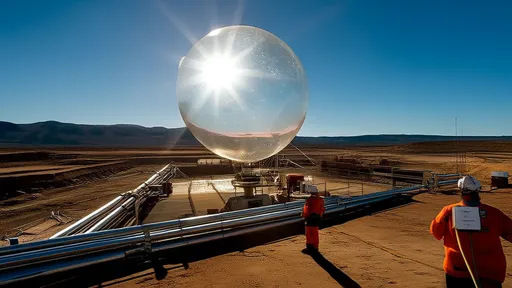
By /Jul 16, 2025

By /Jul 16, 2025